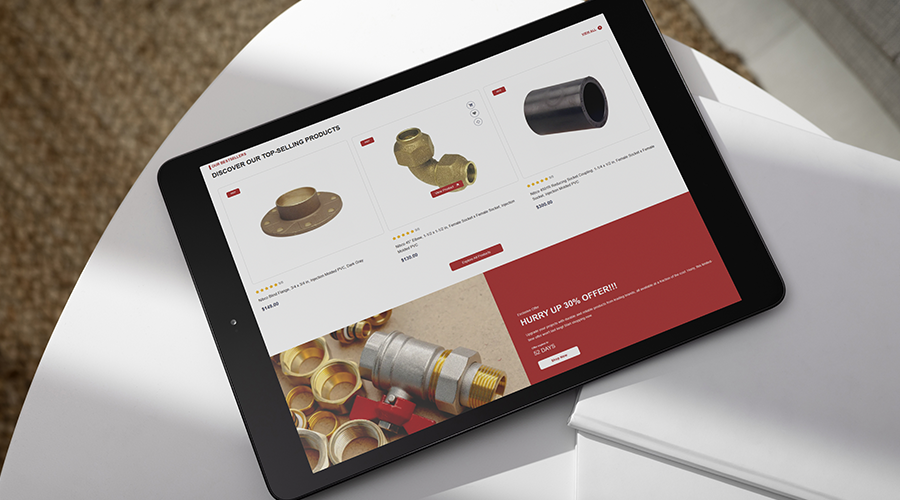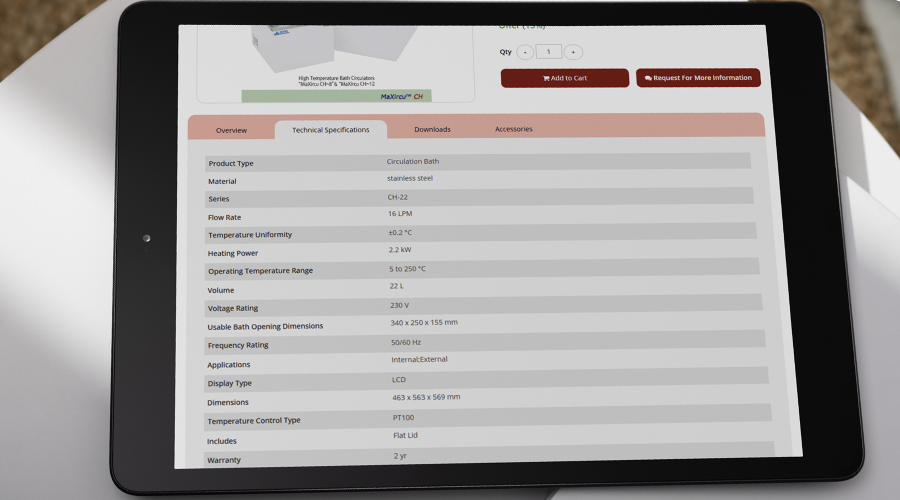How Product Content Enrichment Will Drive Your Sales Growth in 2025
altiusnxt
on
March 26, 2025

The eCommerce industry is experiencing rapid growth, with online shopping emerging as a cornerstone of global commerce. As technology advances, businesses can launch online stores more easily than ever. However, this accessibility comes with its own set of challenges, including fierce competition. In an increasingly crowded market, offering high-quality products alone is no longer enough. To truly capture customer attention and drive sales, your product content must be engaging, informative, and designed to meet the expectations of modern shoppers.
A significant hurdle for many eCommerce businesses is inadequate or inconsistent product content. Whether missing product details or poor-quality images, these content gaps can dramatically impact conversion rates and visibility. While managing hundreds or thousands of products may feel overwhelming, the key to overcoming this challenge is strategic prioritization.
Here is how prioritizing Product Content Enrichment will not only help you enhance the shopping experience but also significantly boost your sales growth.
1. Maximize Impact by Focusing on Your Best-Sellers
2. Tailor Content to Match Customer Behavior

3. Highlight Core Products That Define Your Brand
Every eCommerce business has flagship products that are synonymous with its brand. Whether these are your top sellers or unique items that distinguish your brand in the marketplace, they should be presented with the highest quality content. High-resolution images, engaging product videos, detailed product specifications, and marketing descriptions can significantly improve the customer experience, boosting engagement and SEO rankings. Optimizing content for these core products will earn customer confidence and reinforce your brand identity.
4. Ensure Successful New Product Launches with Compelling Content
5. Keep Seasonal and Specialized Industrial Products Fresh and Relevant
6. Prioritize Exclusive or High-Value Industrial Products
7. Fill Content Gaps to Boost Engagement
Why Prioritizing Product Content Enrichment is Key to Sales Growth in 2025

By prioritizing content enrichment for key products, you will improve customer trust and ultimately increase sales. Tools like Google Analytics allow you to identify underperforming products and target them with optimized content, ensuring your efforts have the most significant impact. Additionally, adopting systems like Product Information Management (PIM) can streamline content management, ensuring consistency and accuracy across all your product pages.
As the eCommerce landscape evolves, businesses that invest in high-quality, relevant product content is better positioned to stand out. In 2025, as competition becomes fiercer, content optimization could be the deciding factor in turning a potential sale into a missed opportunity. By identifying high-priority products, addressing content gaps, and regularly updating your pages to stay relevant, your eCommerce business can boost sales and achieve sustained long-term success.
- Category: Blogs
